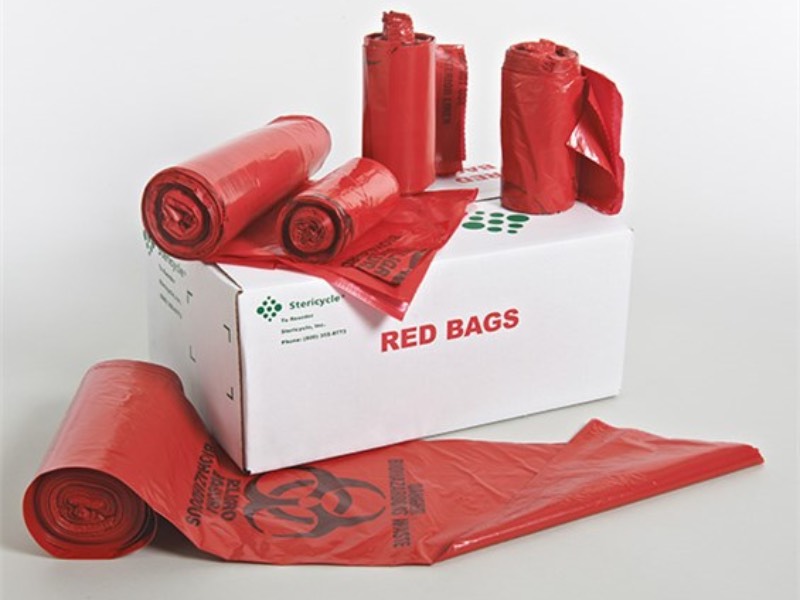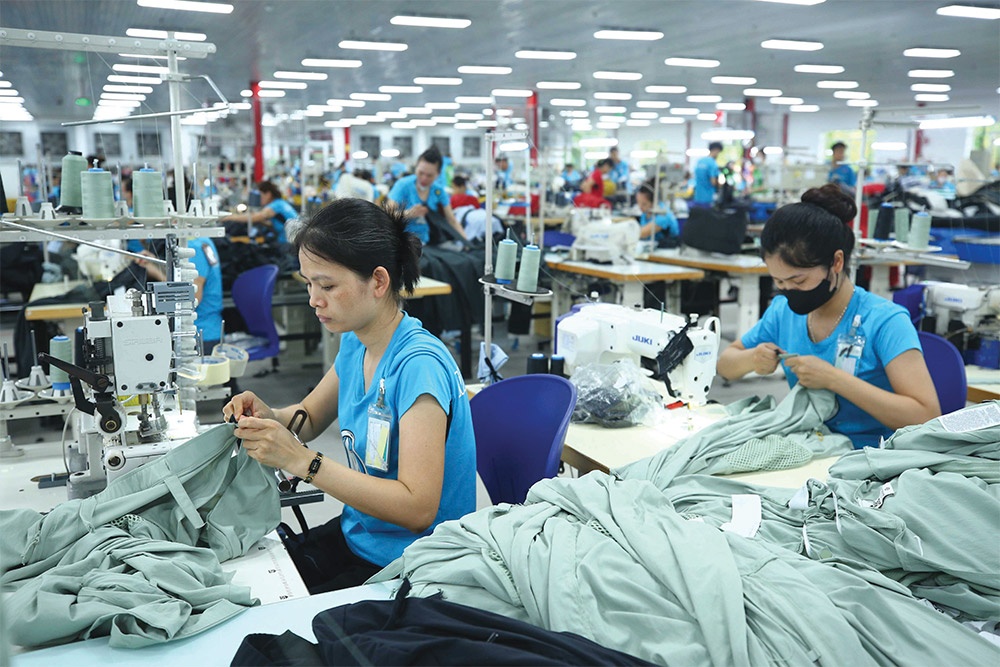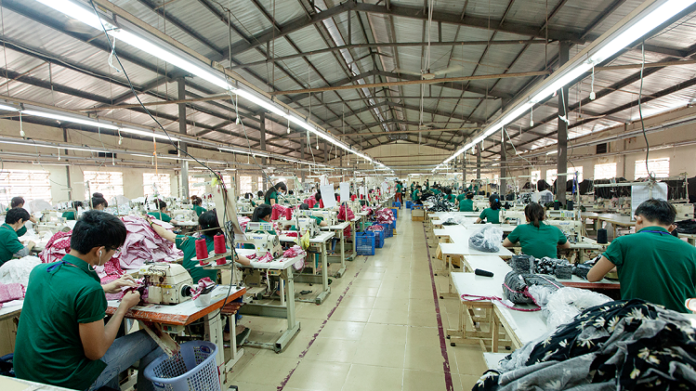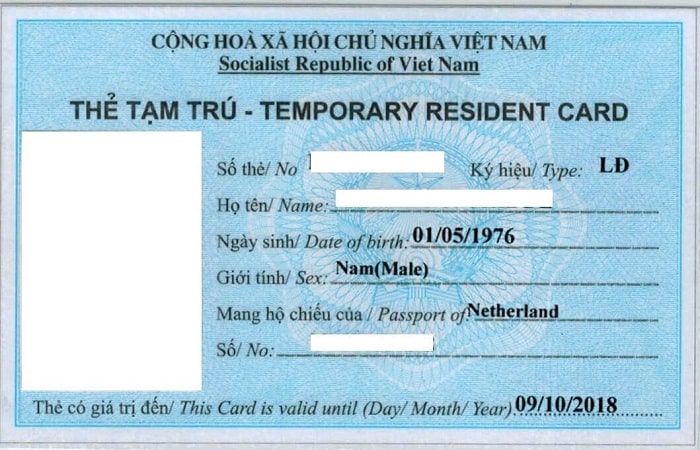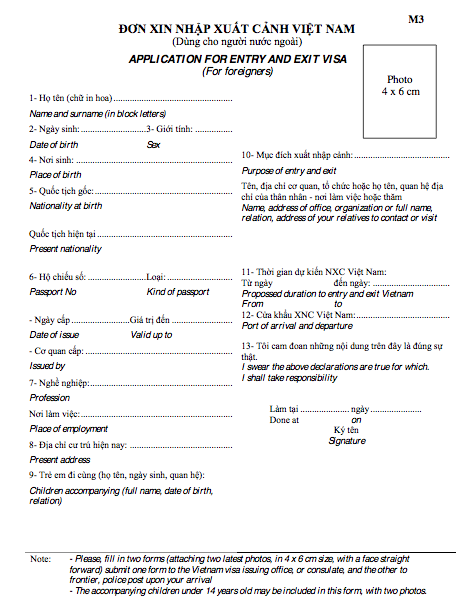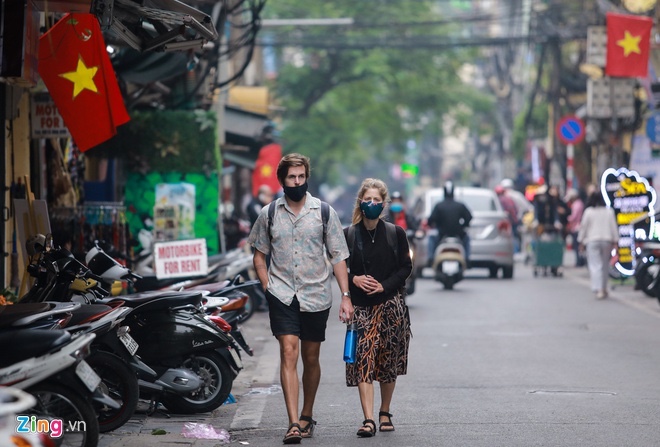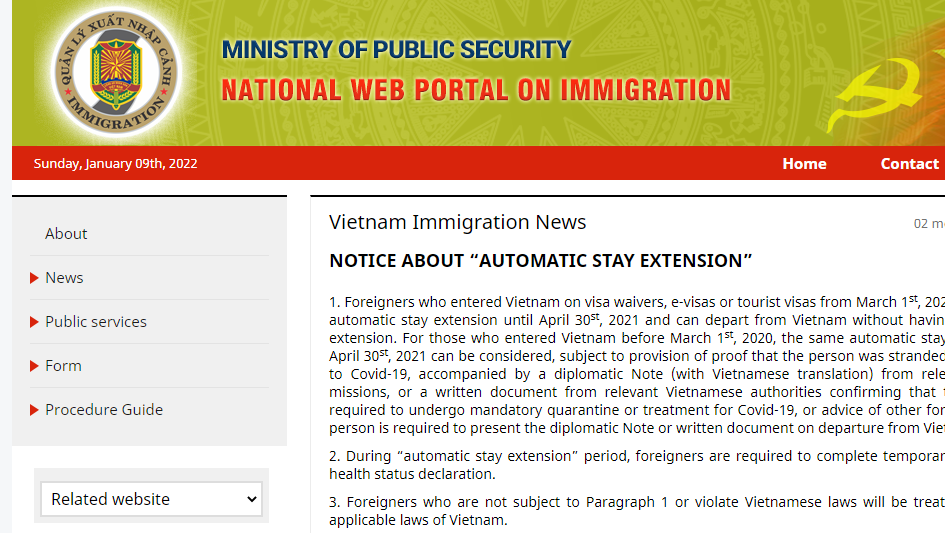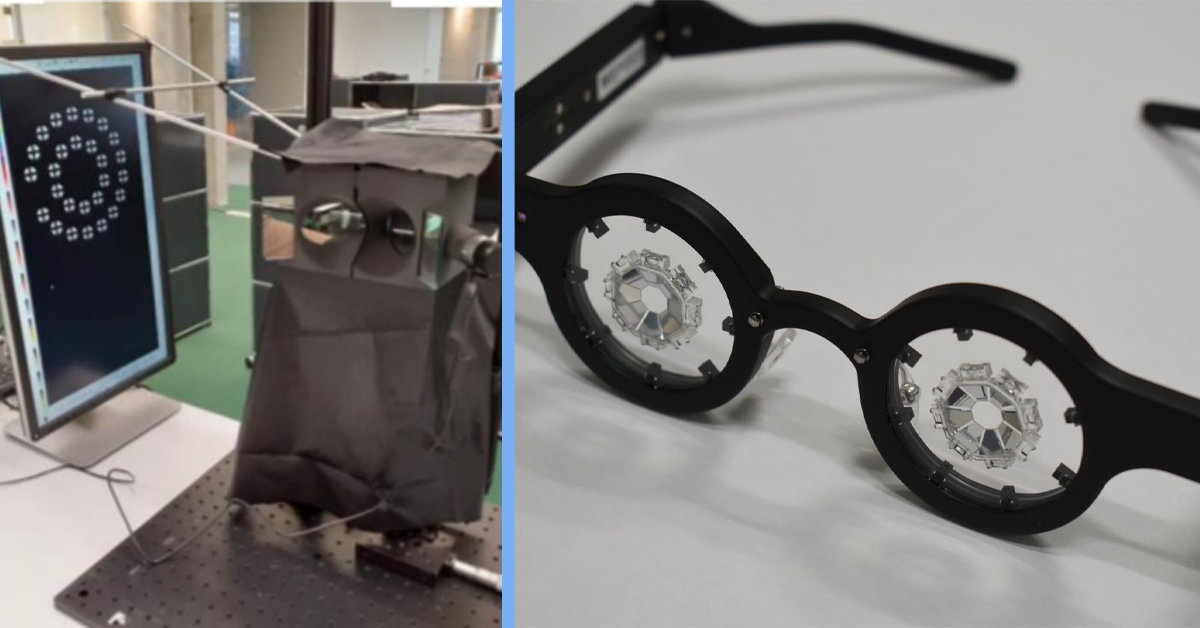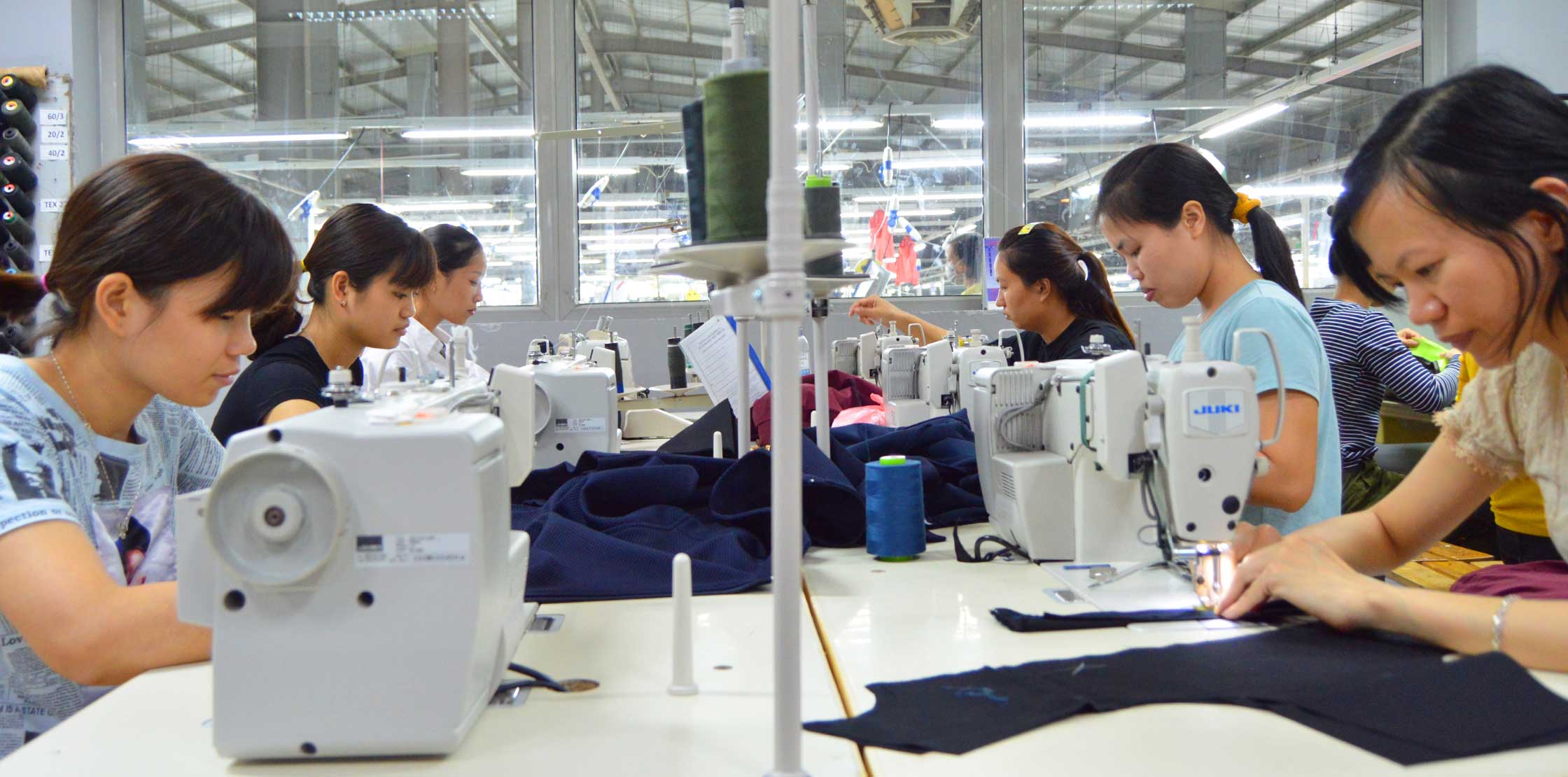How to Buy Children’s Clothes. Children need lots of clothes as they grow fast. With so many options and styles, picking out your children’s clothes can sometimes be a complicated task. However, if you remember to assess clothing quality, consider the appropriate styles, and keep an eye out for deals, buying children’s clothes can be made easy and even fun!
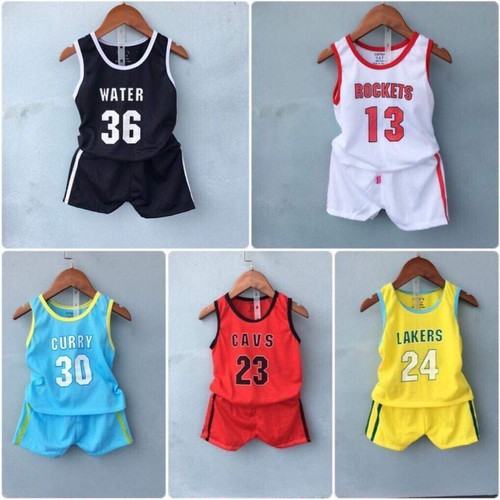
Table of Contents
Choosing High Quality Clothing
1. Look for high quality fabrics
Children are very active, and need clothing that is relatively durable, especially for daily use. However, clothing made of good quality fabrics doesn’t have to be expensive, and expensive clothing isn’t necessarily made of good quality fabrics.
-
- Feel the fabric to make sure it is thick and durable.
- Hold the fabric up to the light. If it looks transparent, it is probably not good quality.
2. Pick soft fabrics
Children won’t want to wear clothing if it is itchy or rough. Soft fabrics are especially important for babies and toddlers, who have extra sensitive skin.
-
- Cotton is a soft, breathable fabric that won’t irritate skin. Fleece works well if you need something warmer.
3.Check the seams
Loose stitches and poorly finished seams are signs of a poorly made clothing item. This item probably won’t last very long, especially after a few wears and washings. For each clothing item, check that seams are tight and stitches are in place.
-
- Make sure the seams are smooth. Unfinished seams can scratch kids’ sensitive skin.
4. Avoid designs that can irritate skin
Look out for appliqués, sparkles, and other designs that might rub and irritate skin. These might look pretty, but are not very practical if they cause discomfort.
5. Avoid fringe or strings when buying for young children
Fringe or strings are strangulation hazards for toddlers and infants. Stay away from these when buying clothing for young children.
6.Avoid clothing with loose buttons
Loose buttons indicate that a clothing item is probably not good quality. They can also be choking hazards for young children. Check that buttons are secure on the clothing items you consider.
7. Choose high quality clothing for school
As a rule, if you expect the child to wear the article frequently and want it to last a while, you should opt for higher quality items. School clothes will be worn a lot, and need to last all year. Investing in good quality school clothes will prevent unnecessary trips back to the clothing store.
8.Consider gently used, high quality formal wear
You may want to splurge on high quality formal wear for your child, especially for events like weddings, which is perfectly fine. However, buying high quality, secondhand formal wear is a good option as well. That way, you’ll save money on items that may only be worn once or twice.
Choosing Clothing Styles
1. Pay attention to sizing
Fit is always important when buying clothing. Take the child’s height and weight measurements and consult a sizing chart. Generally, children’s sizes correspond to the child’s age. An average 7 year old will wear a size 7.
-
- If the child for whom you are shopping is not your own, consult the child’s parent to determine the appropriate size.
- You can bring the child with you to try on clothes, but this can be difficult with younger children.
- If you are not sure of the child’s size, err on the larger side. This is especially true for babies and toddlers, who grow at a fast rate.
2. Go for the basics when in doubt
Not sure what to buy for a child? Opt for basic pieces, like simple t-shirts, plain shorts, and sweaters or jackets with limited patterning. These can be mixed and matched with other items and worn again and again.
Styles are changing faster than ever, so a basic piece will probably last much longer than a trendy one.
3. Choose colors that won’t show stains
Children are notoriously messy. Try to focus on clothes that are easy to care for and will not show stains clearly, such as dark colors and very bright shades instead of pastels.
This will increase the likelihood that you’ll be able to donate, sell, and reuse clothes.
4. Take the child’s preferences into account
Although children aren’t always the best judges of fashion, selecting an item that the child likes will ensure the item is used. Well-liked clothing items can make the process of getting dressed easier, particularly for younger children.
5. Buy clothes that are easy to take on and off
This is especially important for infants and children just learning to dress themselves. Pick clothing with elastic waists, large buttons or snaps, and wide neck holes that can be managed easily.
If you are buying for an infant or toddler, remember that they rarely sit still. Snaps and zippers make it easier to dress a squirming child.
Young infants will need to have their clothing changed frequently. Large necks, loose arms, and onesies are key. Avoid shirts that button up the front.
(Source: Wikihow)

